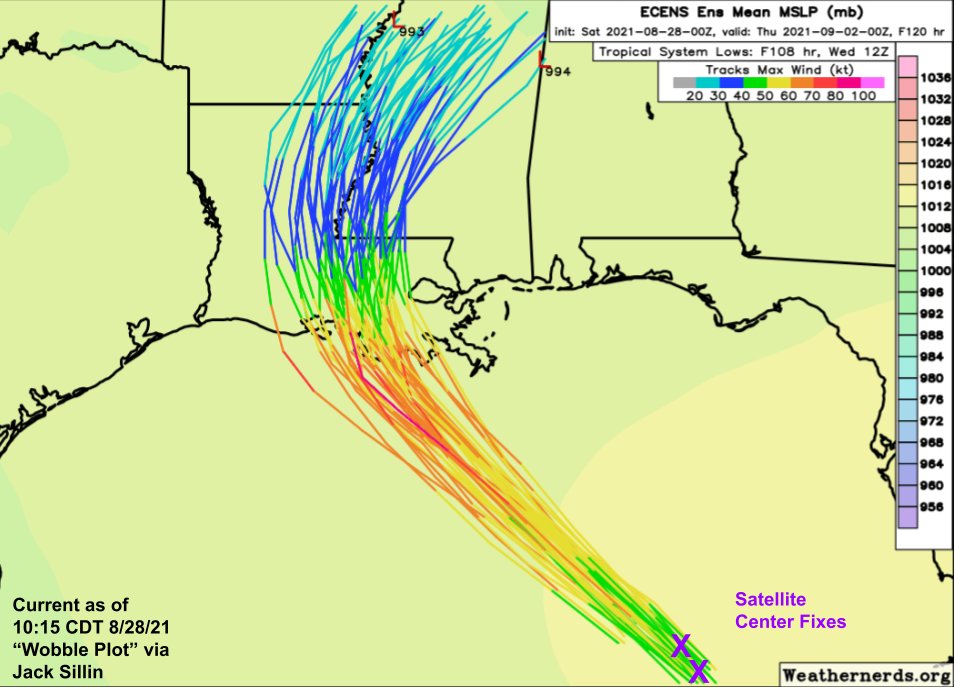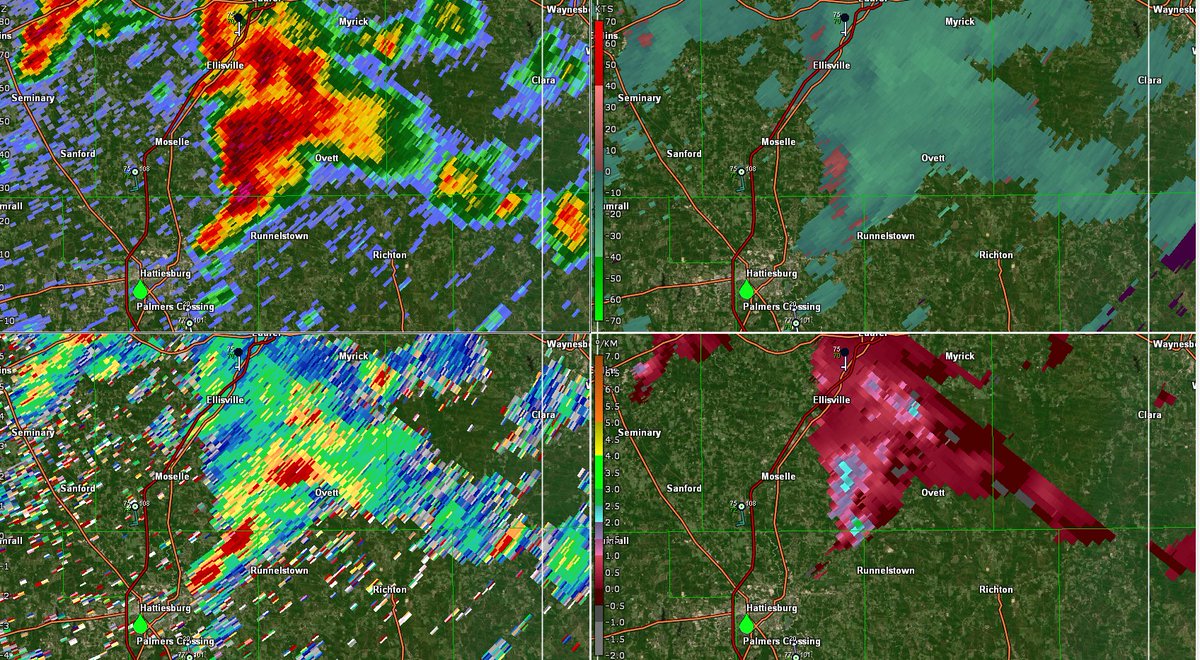
Meteorologist | Adventurer | Occasional Twitter dropout. jack (dot) sillin (at) gmail (dot) com if you need me. Long live 🇺🇸🇺🇦
How to get URL link on X (Twitter) App

https://twitter.com/jake_bittle/status/1575826009550516224NFIP is one of America’s leading climate blind spots and a hugely underrated problem.

 Indeed, the latest scan shows higher CC values (though still enough of a drop to be considered a TDS IMO), a weaker/broader couplet, and a lack of a clearly-defined reflectivity hook.
Indeed, the latest scan shows higher CC values (though still enough of a drop to be considered a TDS IMO), a weaker/broader couplet, and a lack of a clearly-defined reflectivity hook.

 SPC is clearly on the same page with a new MD saying that this storm could remain at or near this intensity (producing a strong to violent tornado) for *at least* another HOUR #KYwx
SPC is clearly on the same page with a new MD saying that this storm could remain at or near this intensity (producing a strong to violent tornado) for *at least* another HOUR #KYwx https://twitter.com/NWSSPC/status/1469514600525664259

 Right now, of the three storms that have yet to develop, the new Caribbean system probably deserves the most scrutiny.
Right now, of the three storms that have yet to develop, the new Caribbean system probably deserves the most scrutiny.
https://twitter.com/wxtca/status/1434606924910186503I’m never going to be perfect but I try very hard to respond to and improve from criticism.


 @NHC_Atlantic Both of these outlets are well-known purveyors of misinformation about tropical cyclones. If you're following them, I suggest the unfollow button.
@NHC_Atlantic Both of these outlets are well-known purveyors of misinformation about tropical cyclones. If you're following them, I suggest the unfollow button.
 Checking in on the #WobblePlot roughly an hour later, #Ida is still following the NE side of the ensemble guidance envelope.
Checking in on the #WobblePlot roughly an hour later, #Ida is still following the NE side of the ensemble guidance envelope.

 Spinning up a hurricane’s eyewall is in some ways a lot like spinning pizza dough.
Spinning up a hurricane’s eyewall is in some ways a lot like spinning pizza dough. 




 With ocean temperatures approaching 30C, no dry air in sight and near total command of the upper-level wind field, it's honestly hard to see a scenario where #99L doesn't rapidly intensify in the Gulf.
With ocean temperatures approaching 30C, no dry air in sight and near total command of the upper-level wind field, it's honestly hard to see a scenario where #99L doesn't rapidly intensify in the Gulf.


 Now for the classic dilemma of which storm to target. Skowhegan looks too far north, a couple cells along the pre-frontal trough farther south look meh, that cell north of MWN though...
Now for the classic dilemma of which storm to target. Skowhegan looks too far north, a couple cells along the pre-frontal trough farther south look meh, that cell north of MWN though... 

 Of course, there are many areas across the country that lack good low-level NEXRAD coverage and are majority white. Plains, Midwest, west, Northeast, etc.
Of course, there are many areas across the country that lack good low-level NEXRAD coverage and are majority white. Plains, Midwest, west, Northeast, etc.https://twitter.com/justin_wx_/status/1372962267558518784


 Looking at dual-pol data (ZDR bottom left), it appears this cell is already size-sorting raindrops with highest ZDR values along the forward flank gust front and lower ZDR values farther west/NW of the mesocyclone.
Looking at dual-pol data (ZDR bottom left), it appears this cell is already size-sorting raindrops with highest ZDR values along the forward flank gust front and lower ZDR values farther west/NW of the mesocyclone.

 These "recurve pathways" will show up every few days as troughs move east/southeast from Atlantic Canada.
These "recurve pathways" will show up every few days as troughs move east/southeast from Atlantic Canada.